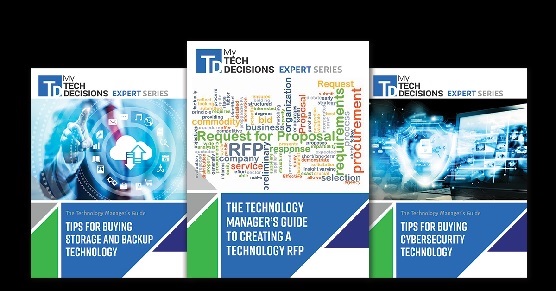Computing resources have gone from very expensive and scarce to highly available and affordable. The number of different applications, technologies, and platforms in the modern IT environment has grown significantly, but despite this exponential growth in computing resources, IT staffing has not kept pace. IT automation may be a way to solve that problem.
The statistics show continued growth for computer and information technology occupations. The U.S. Bureau of Labor Statistics Occupational Outlook Handbook, for example, projects a 13 percent growth in this sector from 2016 to 2026. However, with low unemployment, there are fewer workers to fill such positions. These and similar dynamics contribute to an IT Resources Gap, in both skills and manpower. Finding IT staff with the skills that align with ever-changing organizational requirements is often difficult, particularly since there are always new and different technologies being implemented. The result is businesses fighting changing requirements, lower efficiencies, and decreased IT agility brought on by the adoption of these new technologies.
According to Gartner’s Predicts 2018: IT Operations, by 2021 40 percent of IT staff will be “versatilists” — those who can hold multiple roles, most of which will be business-, rather than tech-related. This means technologists will be playing a greater role in the business functions of organizations. To address the IT Resources Gap and free up IT staff to focus more on business objectives, organizations are investing in IT automation tools that allow for greater focus on company-wide efforts.
An IT Automation solution that focuses on the function of workflows across business and IT processes and provides prebuilt templates reduces the overall need for writing code. This not only reduces the chance of human error, but also allows developers to build and automate processes faster and more reliably. Lower reliance on scripting means that more junior level developers can take on tasks that once required senior level professionals.
Future Proofing: The Architectural Approach
Today’s IT managers must often juggle a heterogeneous mix of applications, databases, and competing platforms. A fragmented, elemental approach to IT automation can cause difficulty. Automating with individual application-scheduling tools and/or scripts is inefficient and time-consuming, frequently breeding silos of automation across the enterprise. In addition, multiple scheduling tools mean multiple sets of licensing costs, training costs, and support costs.
However, an architectural, layered approach coordinates and consolidates silos of automation, providing a single point of control enterprise-wide for all kinds of business and IT processes. Repetitive, time-consuming tasks become automated, enabling IT staff to become more versatile and the organization more agile.
With the advent of digital billboards several years ago, the need for real-time data transfers became paramount to daily operations for Lamar Advertising, one of the largest outdoor advertising companies in North America. Lamar was struggling to meet these needs with its homegrown job scheduler. It required heavy scripting and time-consuming maintenance for the IT staff, which became very complex and costly to maintain, impacting efficiency, so they implemented an architectural IT automation solution. An architectural, layered approach coordinates and consolidates silos of automation, providing a single point of control enterprise-wide for all kinds of business and IT processes. “Now everything is handled with one very flexible, centralized solution,” says Jude Robert, MIS Operations Manager for Lamar.
Lamar realized almost immediate people resource savings. The company eliminated the need to write scripts for scheduled tasks, which helped focus IT resources on the operations of the core outdoor advertising business. Using templated steps for virtually every scheduled job and no longer writing scripts, developers can quickly debug and maintain existing workflows as well as easily create and implement new jobs.
Lamar employed IT automation to respond to the new technology of digital billboards. Similarly, as organizations and industries become more digitalized, and transformative technologies such as robotics, machine learning and AI become mainstream, managing the automation of disparate applications, technologies, and other tools is critical to operational scalability and agility. Even before organizations begin to consider what’s on the digital horizon, a fundamental backbone of IT automation is necessary to handle the increased demands that will be required of IT staff.
If you enjoyed this article and want to receive more valuable industry content like this, click here to sign up for our digital newsletters!











Hi, i believe that i saw you visited my website thus i came to go back the choose?.I am trying to in finding issues to improve my site!I assume its ok to
use some of your ideas!!
What’s up all, here every person is sharing such familiarity, therefore it’s
pleasant to read this web site, and I used to pay a quick visit this weblog everyday.
You could certainly see your expertise within the work you write.
The arena hopes for more passionate writers like you who aren’t afraid
to mention how they believe. Always follow your heart.